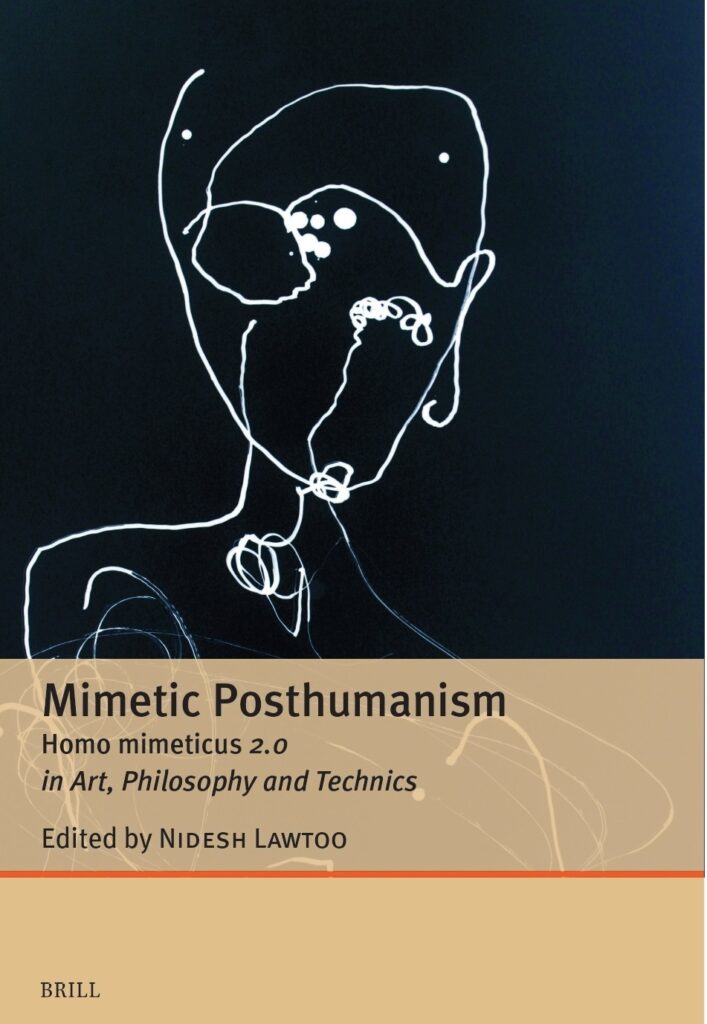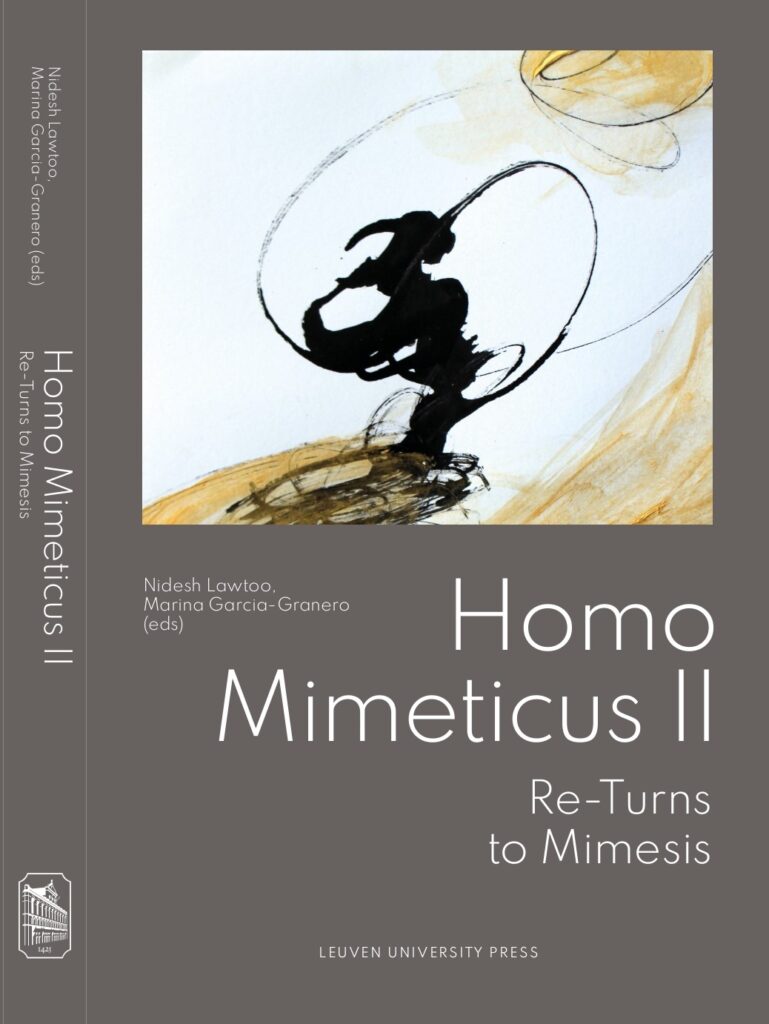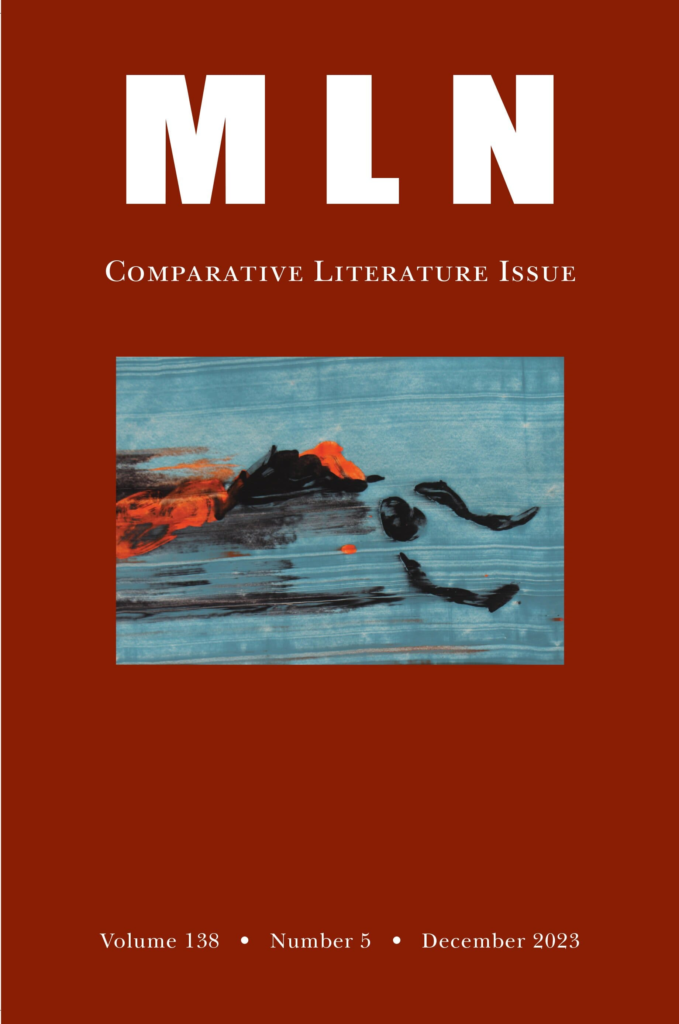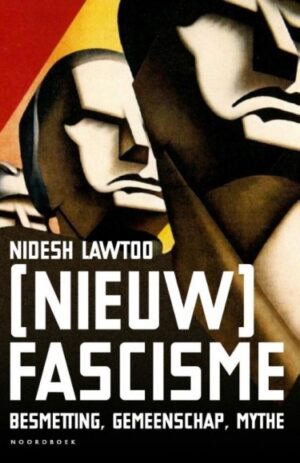Tag Archives: mimesis
Mimetic Trouble with Judith Butler I
Featured
In this last dialogue for HOM Videos, Nidesh Lawtoo meets Judith Butler in Paris to account for the role a different, psychic, performative and troubling conception of mimesis play in their influential work. Taking a genealogical approach to Butler’s latest book to date, Who Is Afraid of Gender, Lawtoo asks Butler to revisit the role mimetic and expressive theories of aesthetic play in their influential book, Gender Trouble (I).
The Urgency of Mimetic Studies: From Imitation to (New) Fascism–Girard Lecture
Featured
In this 5th biannual Girard lecture, organized by the Dutch Girard Society, Nidesh Lawtoo steps back to the insights that, as of 2016, lead him to use the term “(new) fascism” as a warning against Donald Trump’s anti-democratic tendencies, which culminated in an insurrection on January 6. Despite many critical warnings and fascist actions, the efficacy of the affective and infective powers of mimesis never ceases to surprise. Hence, the urgency of new mimetic studies. More information HERE.
Mimetic Posthumanism: Homo Mimeticus 2.0 in Art, Philosophy and Technics

It is indeed tempting to affirm that on and about November 2022 (post)human character changed. The revolution in A.I. simulations calls for an update of the ancient realization that humans are imitative animals, or homo mimeticus. But mimetic posthumanism is not limited to A.I.: from simulation to identification, affective contagion to viral mimesis, robotics to hypermimesis, a plurality of posthuman theorists–from Katherine Hayles to Francesca Ferrando, Ivan Callus to Patricia Pisters, among others—argue that it is because of our all-too-human tendency to imitate that we are caught in a mimetic process of becoming posthuman in the first place. Free download HERE
Homo Mimeticus II: Re-Turns to Mimesis
Featured

In this second installment of the Homo Mimeticus series (co-edited with Marina Garcia-Granero), international scholars working in philosophy, literary theory, classics, cultural studies, sociology, political theory, and the neurosciences engage creatively with the theory of homo mimeticus to further the transdisciplinary field of mimetic studies. See FREE download & BLOG.
ONLINE BOOK LAUNCH:
)
Das Phantom von Ego: Nietzsche, Modernismus, und das Mimetische Unbewusste (2024)

The Mimetic Turn, Special issue of MLN

In this special issue of Modern Language Notes (Johns Hopkins UP) edited by Nidesh Lawtoo, contributors join literary and philosophical perspectives to further the interdisciplinary field of mimetic studies. After the linguistic and the affective turn, the new materialist and the performative turn, the cognitive and the posthuman turn, the issue argues for a re-turn to the ancient, yet also modern and still contemporary realization that humans are mimetic creatures, or homo mimeticus. Essays on Plato, Nietzsche, Wilde, Benjamin, Adorno, Borges, as well as on contemporary film and fiction, give theoretical and aesthetic substance to this claim. More information and OA articles available HERE.
HOM Videos 10: Ancient Foundations for Mimetic Studies
What a better place to conclude the Homo Mimeticus project than the ancient Agora of Athens were philosophy was born? It is in fact here that Socrates among many other philosophers conceived of philosophy not only as a love of wisdom but also as a way of life, as Pierre Hadot would say.
(Nieuw) Fascisme: Besmetting, gemeenschap, mythe

Kunnen we ons immuun maken voor het (nieuwe) fascisme (Noordboek 2024)? Nidesh Lawtoo betwijfelt het. Onze rationaliteit is simpelweg niet opgewassen tegen de besmettelijkheid van de mythe. Of we het nu willen of niet: we praten elkaar na (mimesis). En nieuwe media versterken de fascistische boodschap. Toch is er hoop. We kunnen ons bewust worden van ons mimetische gedrag. Als we onszelf doorzien, wordt het mogelijk om de mythe anders te framen en de angel eruit te trekken. Interviews in Trouw & Mare.
HOM Video 10: Ancient Foundations for Mimetic Studies I
In order to bring the Homo Mimeticus project to an end and launch the field of mimetic studies, Nidesh Lawtoo (prof. at Leiden University) re-turns to the place where theories of mimesis began. Shot on the Acropolis in Athens, Greece, ep. 1 recalls that philo-sophia, or love of wisdom, is born out of a mimetic agon with a mythic wisdom that found in Athena a primary source of inspiration
